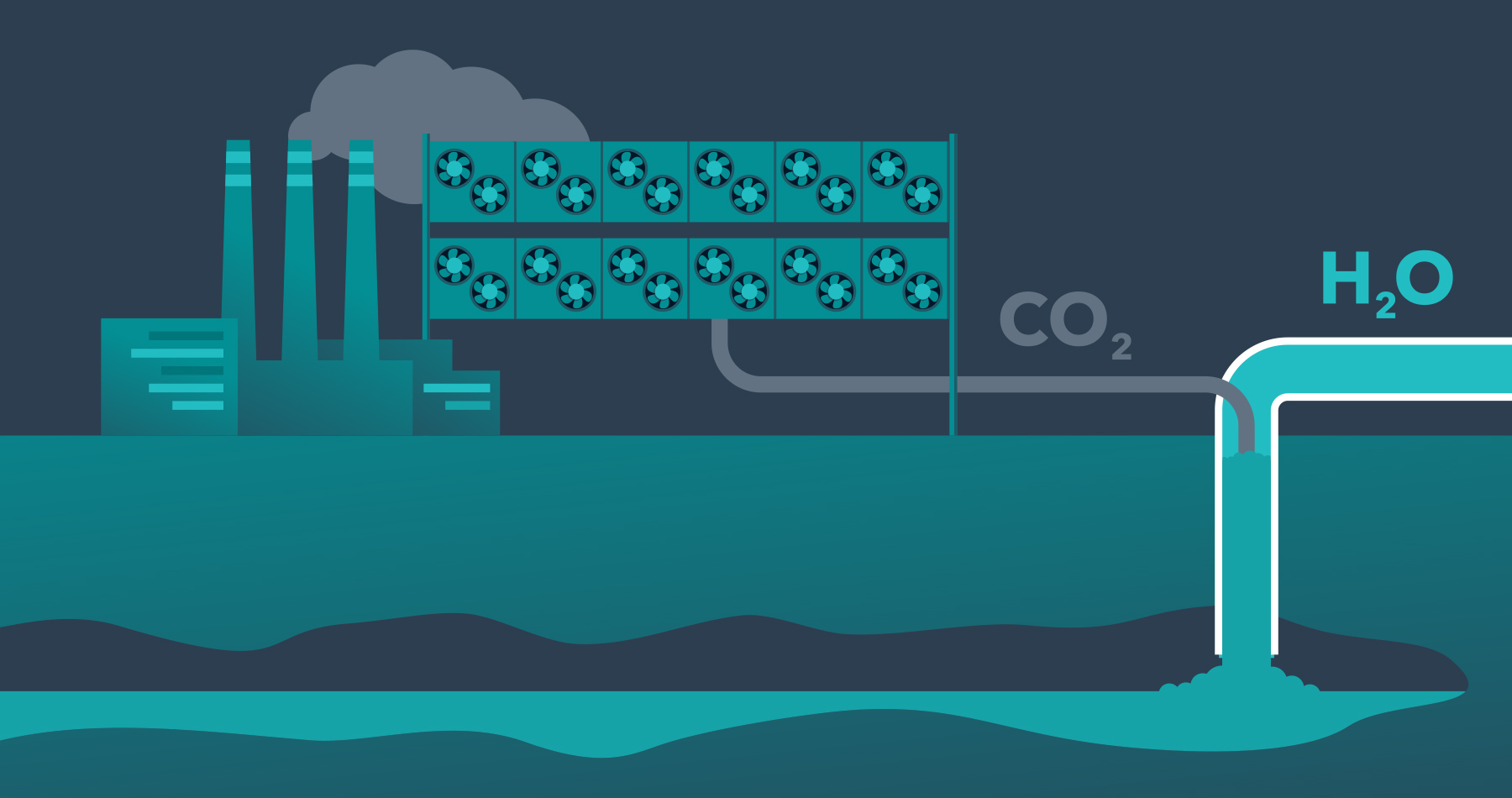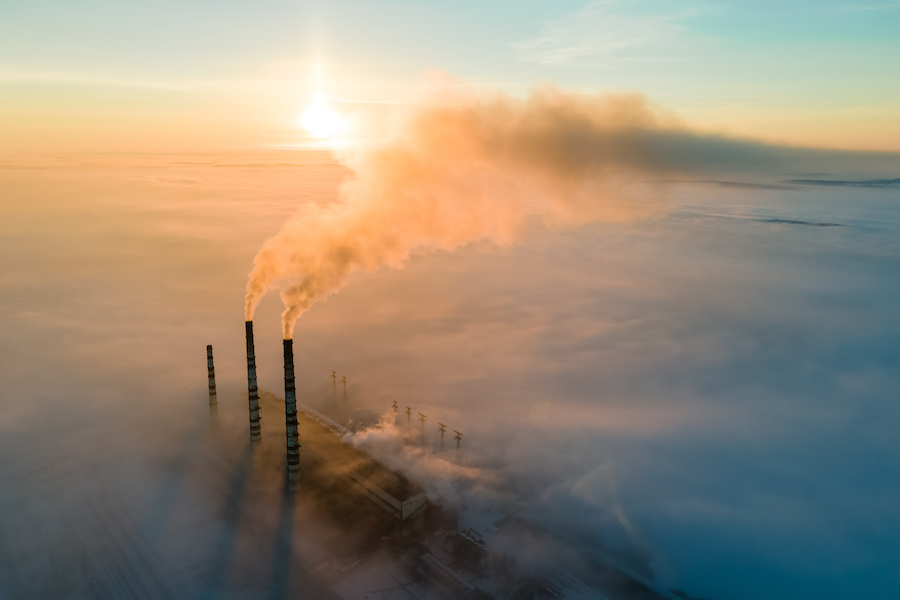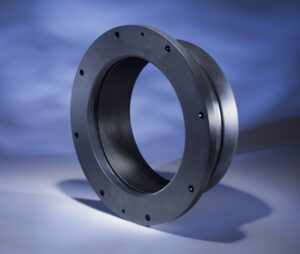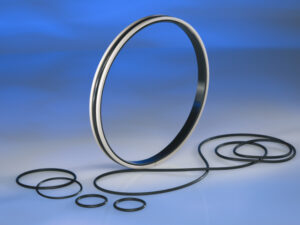Time to Embrace CCUS: Are Your Equipment and Their Components Ready?

The oil & gas industry is no stranger to change, and 2023 might prove to be a turning point for Carbon capture, Utilization, and Storage (CCUS) technologies aimed at capturing, transporting, and permanently storing planet-warming carbon dioxide (CO2) that would be otherwise emitted into the atmosphere.
Buoyed by major policy decisions taken last year, CCUS is all set to play a bigger role in meeting our climate targets. Take the recent Inflation Reduction Act1, for instance. It has changed the tax credit for the carbon capture industry in the US, increasing the government subsidy for capturing CO2 from polluting sources from $50 to $85 per metric ton. The US is not alone. The European Union2 has also made carbon capture a key part of its decarbonization effort.

The research company BloombergNEF3 estimates that more than $3 billion have already been invested last year (up to October 2022) and expect global capacity for carbon capture to jump sixfold to 270 million tons by 2030. As carbon capture projects ramp up to meet the 2032 deadline for carbon credits, a few challenges remain. One of the critical issues facing oil and gas companies is to ensure that infrastructure and equipment across the value chain are compatible with CO2. Primary concerns surrounding their metallic parts and sealing elements include potentially corrosive environment; rapid gas decompression (RGD) damage, such as cracking and splitting; extreme temperature and pressure requirements of the operating environment.

Prepare Your Equipment
Here are a few challenges and promising solutions that can help Oil and gas companies get ready for CCUS systems:
Corrosion impacting centrifugal compressors
 A large part of the capital and operating costs of a CCUS system is in compressors that are needed to compress CO2. When exposed to CO2, traditional metallic labyrinth seals could suffer from corrosion, leading to increased clearance, generation of particles or loss of securement. This could potentially affect compressor reliability and efficiency. As a result, labyrinth seals require special materials that can withstand CO2. Greene Tweed engineers recommend non-contacting Arlon® 4020 PEEK labyrinth seals combined with our engineered tooth profile to avoid material corrosion and allow for tighter running clearances.
A large part of the capital and operating costs of a CCUS system is in compressors that are needed to compress CO2. When exposed to CO2, traditional metallic labyrinth seals could suffer from corrosion, leading to increased clearance, generation of particles or loss of securement. This could potentially affect compressor reliability and efficiency. As a result, labyrinth seals require special materials that can withstand CO2. Greene Tweed engineers recommend non-contacting Arlon® 4020 PEEK labyrinth seals combined with our engineered tooth profile to avoid material corrosion and allow for tighter running clearances.
Rapid Gas Decompression impacting elastomers
 Another big problem that can impact seals and lead to the failure of equipment, such as valves, pumps, mechanical seals, compressors, and pigs, is RGD. Also known as explosive decompression, it often occurs under high-pressure when gas molecules migrate into an elastomer in a compressed state. When the pressure surrounding the elastomer is suddenly released, the compressed gas inside the elastomer tries to expand and exit, causing severe blistering, cracking, or splitting. Greene Tweed recommends O-rings made from superior RGD-resistant materials such as Fusion® 938.
Another big problem that can impact seals and lead to the failure of equipment, such as valves, pumps, mechanical seals, compressors, and pigs, is RGD. Also known as explosive decompression, it often occurs under high-pressure when gas molecules migrate into an elastomer in a compressed state. When the pressure surrounding the elastomer is suddenly released, the compressed gas inside the elastomer tries to expand and exit, causing severe blistering, cracking, or splitting. Greene Tweed recommends O-rings made from superior RGD-resistant materials such as Fusion® 938.
Corrosion impacting pump wear parts
Due to low lubricity properties of supercritical CO2, pump metallic wear parts such as wear rings and bushings could face a high risk of galling and seizing. Greene Tweed recommends non-metallic wear-resistance (WR®) and abrasion-resistant (AR®) parts to improve pumps’ reliability and extend the mean time between repairs. Pumps used in CO2 capture processes like lean amine pumps and reflux pumps could also be exposed to severe corrosion and require WR® and AR® wear parts.
2 https://energy.ec.europa.eu/topics/oil-gas-and-coal/carbon-capture-storage-and-utilisation_en
3 https://about.bnef.com/blog/global-carbon-capture-capacity-due-to-rise-sixfold-by-2030/
You May Also Like: